‘Save your time and money’ – why experts say don't use weed and feed on your lawn in midsummer
An early season application is recommended, but using the products in the middle of summer can damage a lawn
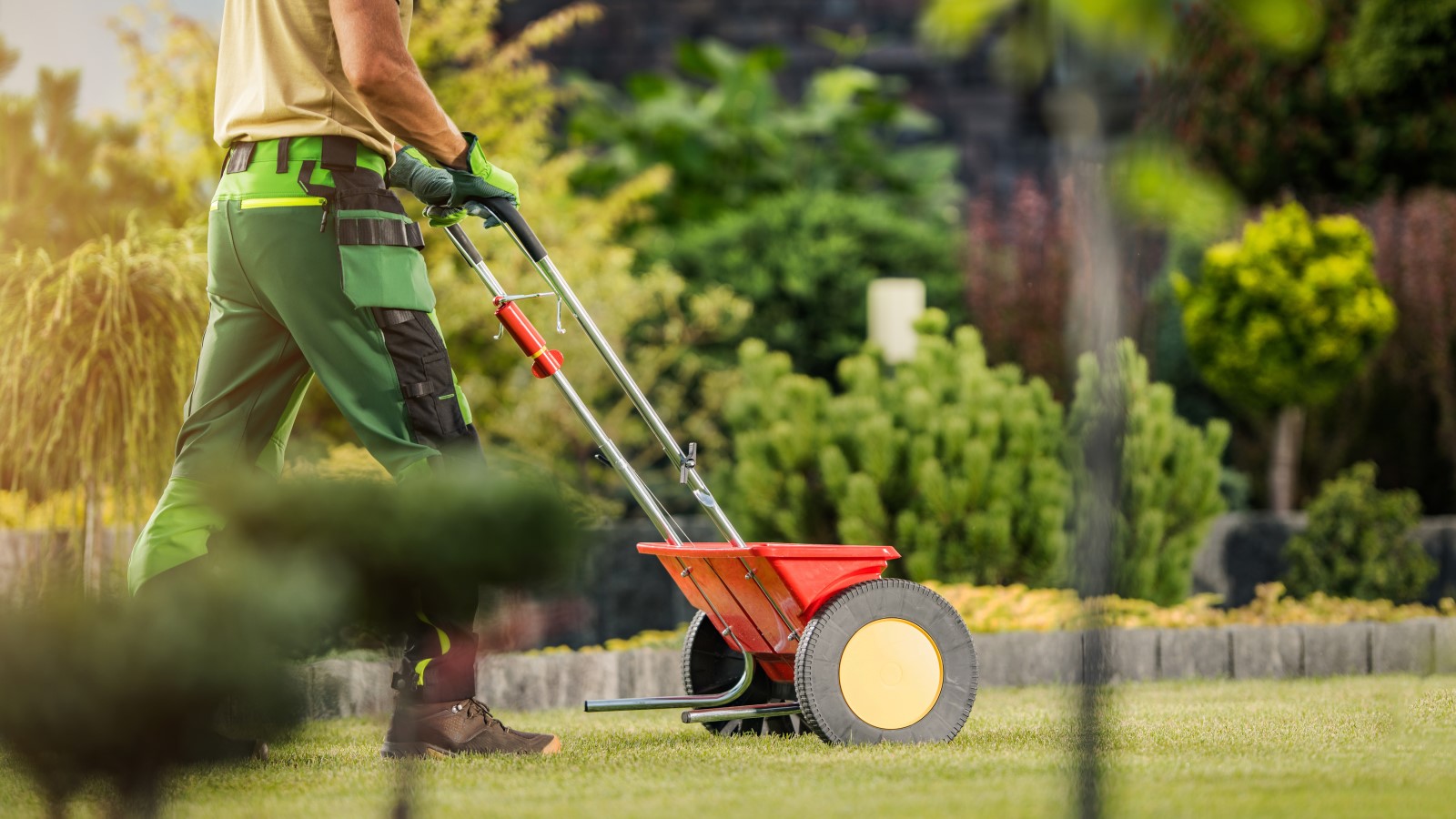

A healthy and blemish-free lawn is the aspiration for many homeowners, however, the perfect lawn does not come easy. There are lots of products available on the market that can help, but can you actually damage your precious lawn by using weed and feed during the summer?
These popular lawn care products are perfectly safe to use early in the summer, but once the temperatures rise they are likely to not be anywhere near as effective and can potentially do lots of harm to your grass.
If you are planning a lawn care regime for the year, it is best advised to avoid using weed and feed once the temperatures get above 85F. Choosing the right time of year to use these products ensures the grasses take full advantage of the nutrients in them, the weeds are effectively combated, and your lawn looks all the more luscious and green afterward.
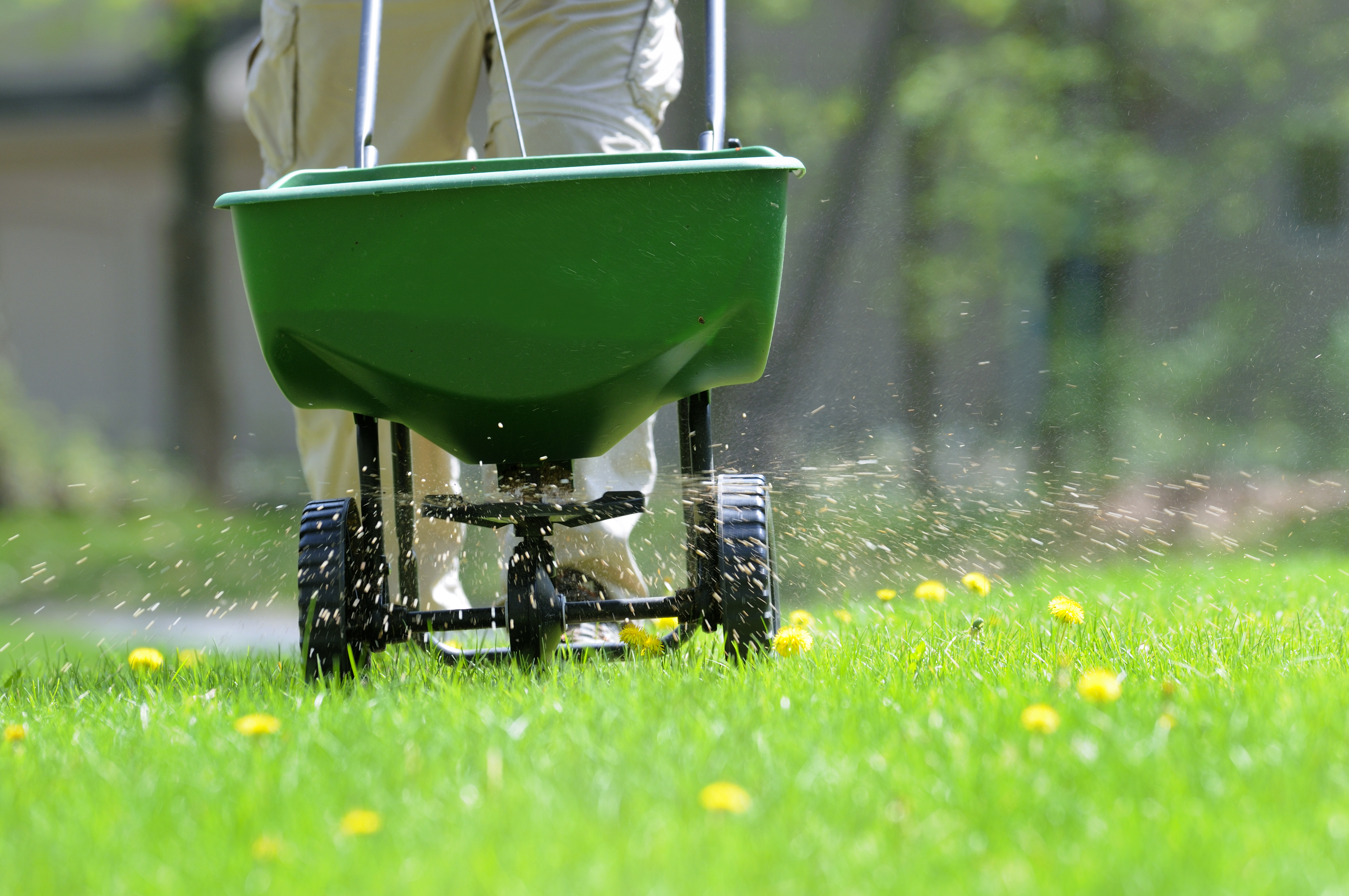
A spreader is used to apply granular weed and feed to a lawn
Can I use weed and feed in summer?
Lawn care experts agree that the middle of summer is not the best time to use weed and feed products if you are wanting to fertilize a lawn. The products are designed to provide a dose of nutrients to the grass to help it grow strong, and also eliminate new weeds that are growing. They are often used by homeowners to help make a lawn green and thick and free from troublesome weeds. However, the peak of summer is not the ideal time to be using products designed for those intentions, as they are likely to not be as effective at either.
One of the reasons is that the grasses in the lawn are likely to be under a lot of stress from the high summer temperatures and can actually be harmed by the fertilizer elements. And, as Dan Bailey, president of Wikilawn, adds, it is the case of ‘if it’s already summer, the weeds are already here. Weed and feed should be used to kill weeds well before summer’.
Ryan Farley, CEO of LawnStarter, agrees that ‘by summer most weeds are too far established to be affected by a weed killer or preventative, so you're better off saving your time and money’.
He adds that midsummer is ‘too late to use a weed and feed product’ as they are not recommended to be used in temperatures above 85F. Though you may be able to technically apply them in the cooler temperatures of the mornings or evenings if they are not going to work on the weeds then is it worth the time, money, and effort?

Ryan Farley is the CEO of LawnStarter, a lawn care service founded in 2013 and based in Austin, Texas.
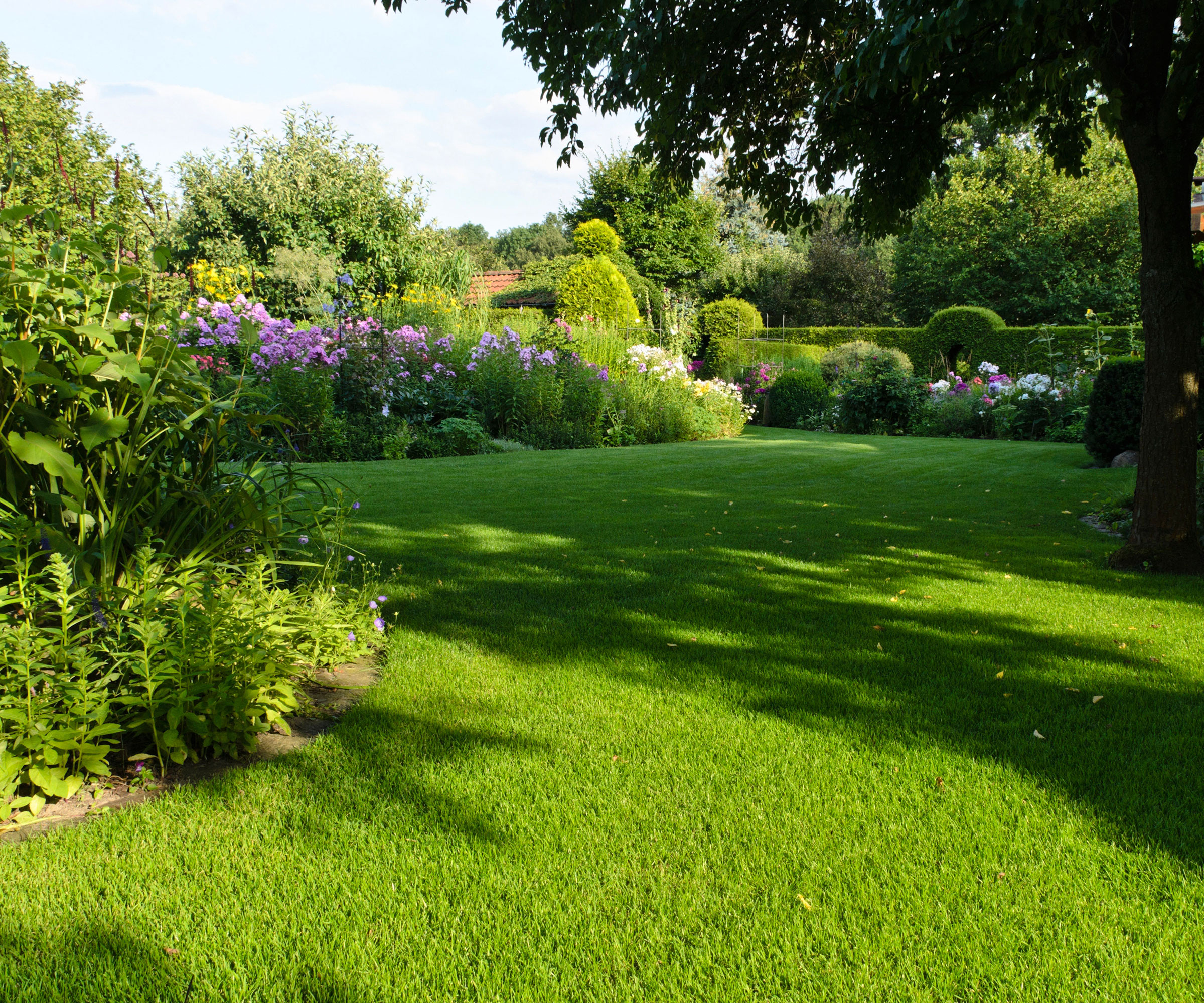
Weed and feed contains the essential nutrients required for healthy grass growth
Using weed and feed in early summer
While it is not recommended to use them in the middle of summer, there are merits to a potential early summer application of weed and feed as part of any ambitions to kill weeds but not grass. At this point, the weeds are actively growing and the temperatures haven’t reached high enough to make it potentially dangerous to use the product.
Gene Caballero, the co-founder of GreenPal, claims that ‘if your lawn is in good health and you're contending with persistent summer weeds’ then an early summer application could be beneficial. He does warn that whenever considering weed and feed products, their usage and success depend greatly on the specific type of grass, the local climate, and the overall condition of your lawn. But if you do use it in early summer, when is the best time, and then how long should you wait until another application?
‘It's generally best not to apply more than twice a year, with each application several months apart. So, if you opt for a summer application, it's likely best to hold off on your next application until the fall, once the weather has cooled down’ says Gene.
‘In terms of the best time of day to apply weed and feed, my experience has shown me that early morning or late evening can work best. Cooler temperatures coupled with morning dew can enhance the efficiency of the product by helping the granules stick to the weed leaves. Additionally, it's key to ensure there's no rain predicted for at least 48 hours post-application, as rain could potentially wash away the product before it's had the chance to work.’
An example of a granulated weed and feed product that can be applied in late spring or early summer is the Pennington UltraGreen Weed & Feed Lawn Fertilizer, available at Amazon. It has the nutrients to promote a thick and green lawn and kills over 250 broadleaf weeds. This type of fertilizer requires a spreader to apply, like this Mini Broadcast Spreader, also available at Amazon.
A fall application can be integrated with other fall lawn maintenance tasks that all contribute to a luscious and beautiful lawn. For example, fall is also the ideal time to plant grass seed, as many of the best fast-growing grass seeds will germinate quickly at that time of year, and it is also an opportune time to scarify a lawn.

Gene Caballero is the Co-Founder of GreenPal which has been described as Uber for lawn care. He has been in the landscaping business for over 25 years.
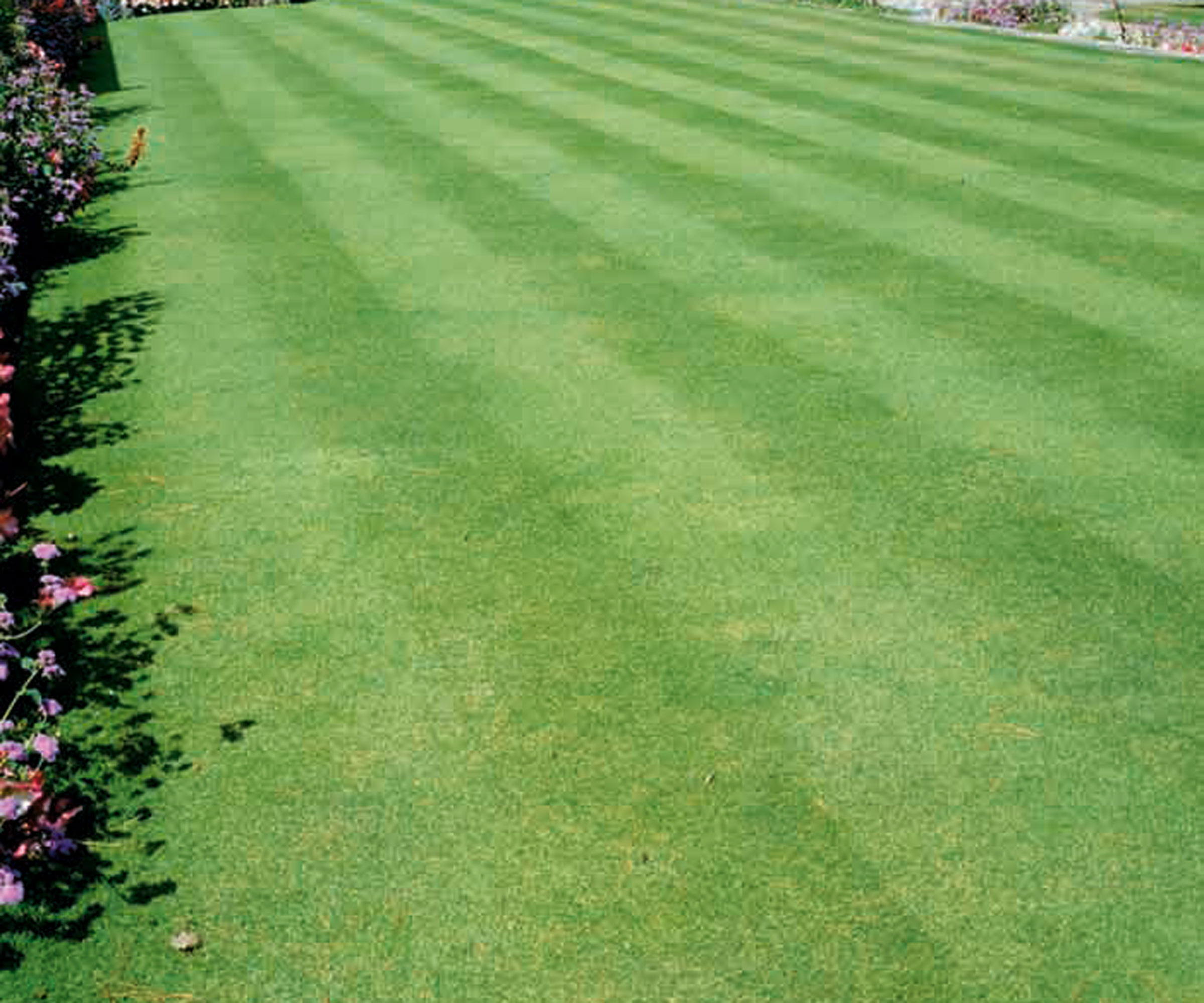
Timing is key to the most effective use of weed and feed treatments
Does weed and feed work in summer?
When the temperatures rise in the heat of summer, plants get stressed and do not want to absorb herbicides or fertilizers. This defense mechanism kicks in when the temperatures get too hot and adding feed then can actually damage them, as the excess salts from the fertilizer can build up around the roots and hamper the intake of water. A stressed lawn will not benefit from a feed, while at that stage of the season, the weeds will be too far established to be eradicated by the herbicide in the product.
Advance Lawn Care agronomics expert Zach Pool warns: ‘People often think that during the stress of summer heat and drought, a weed will be easier to kill. However, the opposite is true. In periods of stress, the growth of many weeds begins to slow down.
‘This reduces the absorption of the herbicide and the effect it has on the weed.’
Using weed and feed in the early stages of summer, before the high temperatures kick in, provides that window of opportunity to spread the product and hit the plants before their defense mechanism starts. It means the grasses are more open to taking in the feed and the weeds are at the early stages of their growth when the herbicide will be most effective.
All lawns are different and will respond to products in different ways. It is always recommended to stick the recommendations on any product’s label and also follow any cautions outlined. You can test a small patch of lawn before using a product on an entire lawn, or talk to a local lawn care expert to get their advice.

Zach Pool is the agronomics expert at Advanced Lawn Care, a family-owned business providing lawn treatments in Hot Springs, AR.
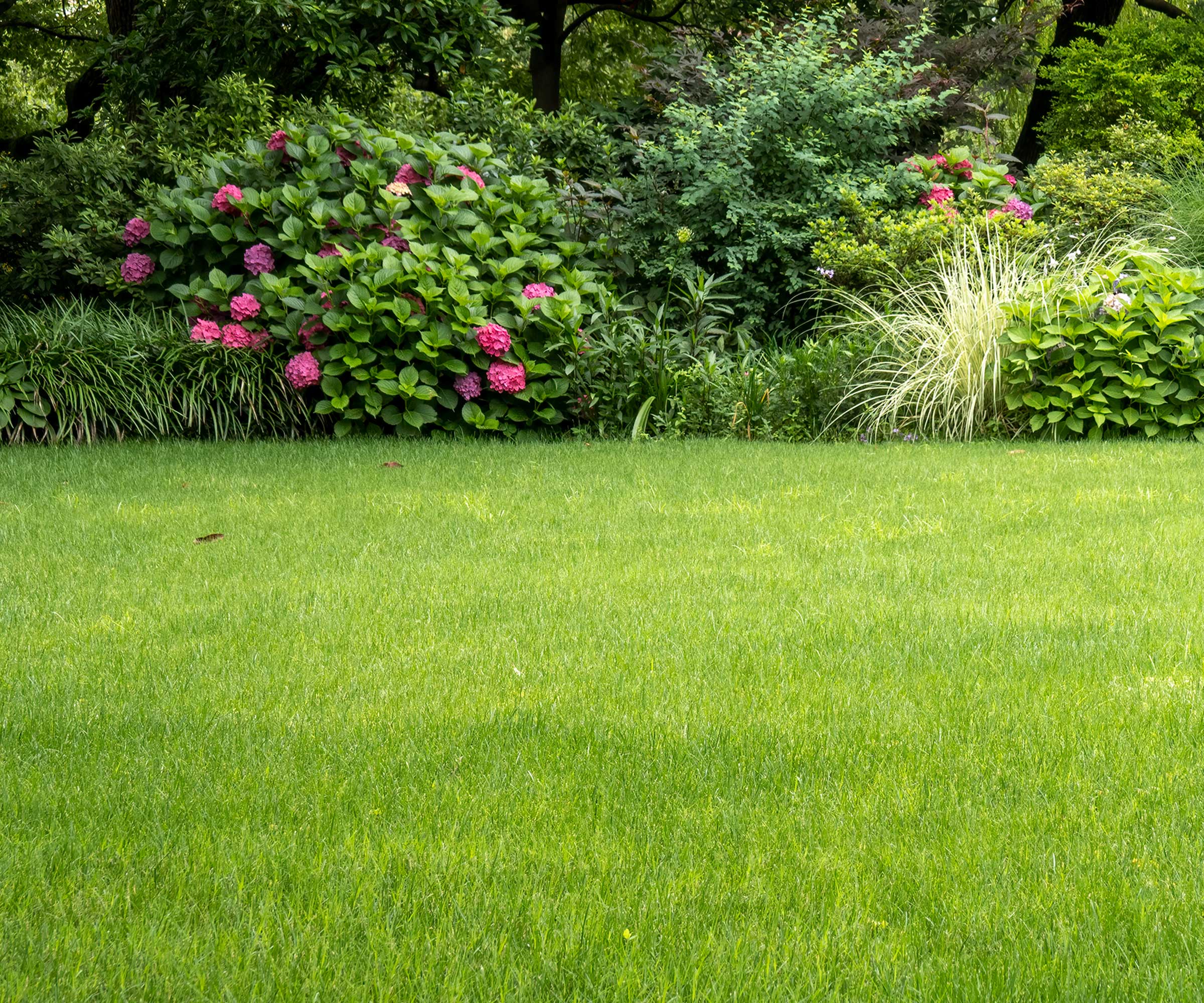
Spring use of weed and feed is most effective at reducing weeds in a lawn
Dangers of using weed and feed in the heat
As mentioned prior, it is not recommended to put down weed and feed at high temperatures as some of the herbicides used in such products can become volatile. Zach Pool warns how this can potentially pose risks to your own, or your neighbor’s, gardens.
He says: 'Some herbicides can volatilize, becoming a vapor that can drift off target. This off-target drift can go wherever the wind blows it. Maybe back into your lawn. Maybe in your neighbor's roses.’
Zach adds that lawns are under extreme stress during the heat of summer and any periods of intense heat and drought can push grass into dormancy. That is why you often do not have to be out cutting grass in hot weather as the plants stop growing when the temperatures peak.
Putting fertilizer onto stressed lawns vastly increases the chance of fertilizer burn, where you can get yellow patches in grass due to having more nutrients than they can process, as dormant turf is not able to take in or make use of any of the nutrients in the fertilizer. Essentially, it means that spreading the weed and feed can be a waste of time and potentially damaging to your lawn.
If you do want to kill weeds but not grass, then digging up weeds by hand is always an effective, but more laborious, option that can be done during the summer months. Regular mowing can also prevent many common weeds from taking over a lawn and aerating in spring and fall can also promote the growth of healthy grass.
If you do have aerating and feeding planned as part of any regime, then do aerate the lawn before fertilizing. You also sow seed first in spring before feeding, so it is best to aerate, seed, and then fertilize a lawn in spring.
Sign up to the Homes & Gardens newsletter
Design expertise in your inbox – from inspiring decorating ideas and beautiful celebrity homes to practical gardening advice and shopping round-ups.

Drew’s passion for gardening started with growing vegetables and salad in raised beds in a small urban terrace garden. He has worked as a professional gardener in historic gardens and specialises in growing vegetables, fruit, herbs, and cut flowers as a kitchen gardener. That passion for growing extends to being an allotmenteer, garden blogger, and producing how-to gardening guides for websites. Drew was shortlisted for the New Talent of the Year award at the 2023 Garden Media Guild Awards.
-
 Barbra Streisand spotted a 'little miracle' on her garden's rose bush – landscaping experts say you can grow her 'joyful' flowers on a smaller scale
Barbra Streisand spotted a 'little miracle' on her garden's rose bush – landscaping experts say you can grow her 'joyful' flowers on a smaller scaleThe singer's rose bushes are among the most abundant and beautiful we've seen this year – with the right advice, you can follow her example
By Megan Slack
-
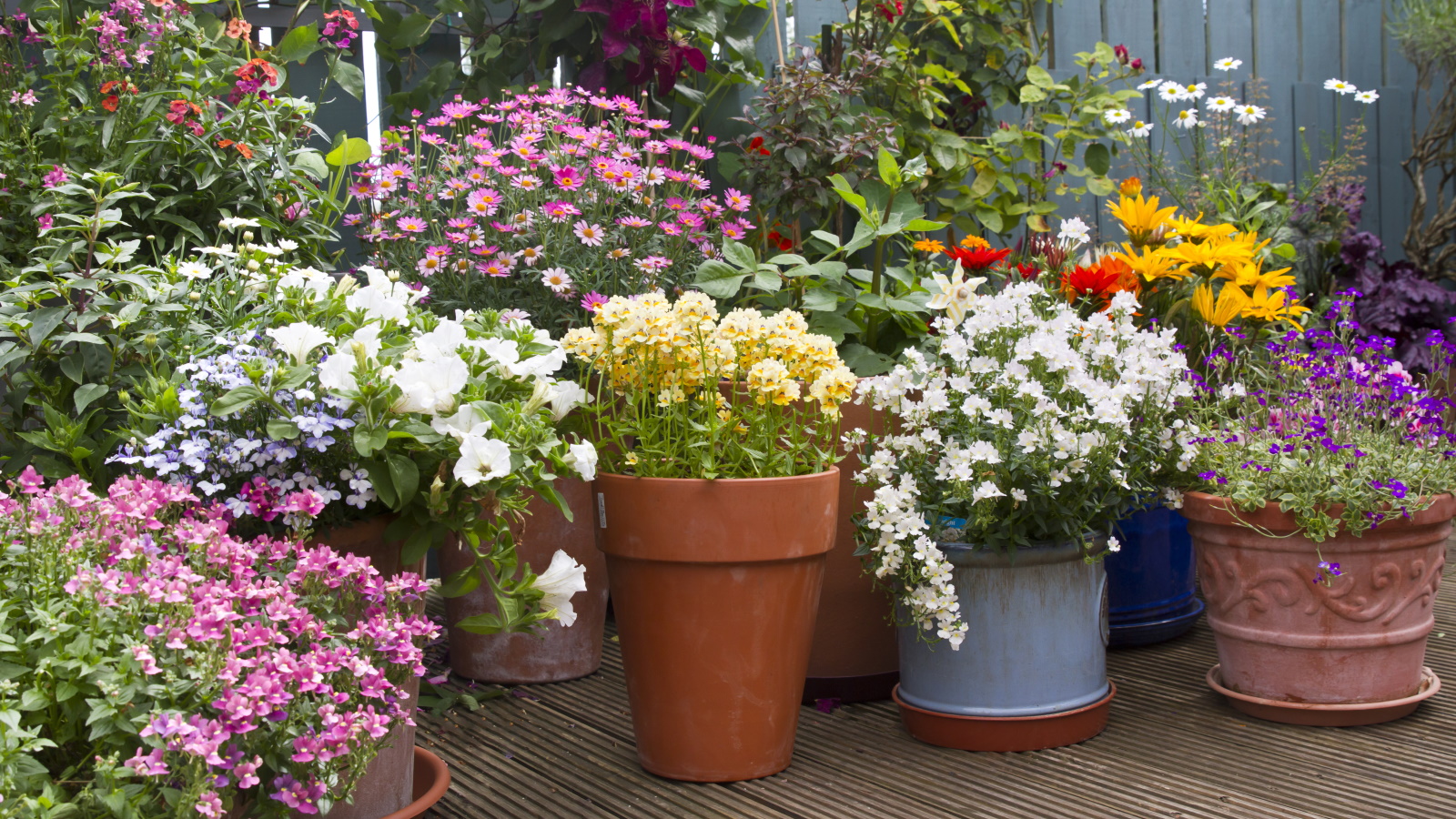 ALDI just restocked their smart-looking $4.99 self-watering planters for small container gardens, and it's the ideal solution for plant serial killers
ALDI just restocked their smart-looking $4.99 self-watering planters for small container gardens, and it's the ideal solution for plant serial killersThese highly-rated planters are perfect if you are time-poor, a novice gardener, or a frequent short-haul traveler
By Jennifer Ebert